Learning a new language can be a challenging yet rewarding endeavor, and in today’s digital age, there’s a plethora of language learning apps at our fingertips. If you’re tired of the same old routine with Duolingo and are looking for fresh alternatives, you’re in the right place.
Duolingo, a familiar name, takes the fourth spot this year, but not without controversy. While often criticized, it remains the most fun and widely accessible language learning app. Duolingo has undergone significant changes, including a new path system, sparking debates among users.
Despite its quirks, Duolingo remains a comprehensive tool for beginners, offering a broad selection of languages.
Top 4 Better Duolingo Alternatives
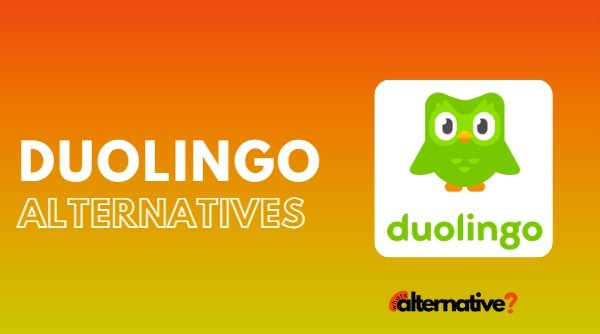
In this annual roundup, we’ll explore 4 Duolingo Alternatives language learning apps that promise to make your language learning journey more engaging, effective, and, most importantly, fun.
1. Fluyo

Fluyo plans to support over 10 languages, providing both full and partial support. Currently, you can choose from languages like Spanish. Additionally, Fluyo offers flexibility in selecting your fluency level, catering to beginners and advanced learners alike. The app adapts to your proficiency level, ensuring a tailored language learning experience.
Overview
Have you heard of Fluyo? Probably not, unless you’ve been following the linguistic adventures of Ekin, the Irish Nigerian American polyglot. Fluyo is not just an app; it’s an epic language learning experience developed over three years.
Unique Features
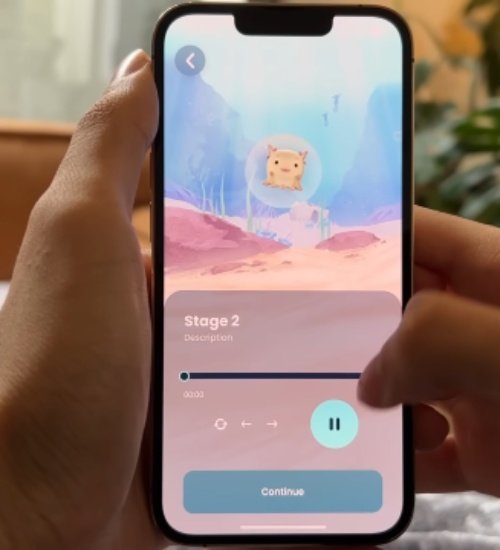
- Language Companions: Pick a dolphin to represent your learning journey.
- Personalization: Name your dolphin and form a unique bond.
- Language Choices: Full and partial support for 10+ languages, with fluency level options.
- Immersive Journey: Explore underwater zones, unlocking words and facing challenges.
Fluyo focuses on making language learning enjoyable, with a gamified approach that feels like playing popular video games. It aims to teach the most common two to three thousand words in a language, ensuring both fun and effectiveness. The app includes smart spaced repetition flashcards and a community platform akin to Discord for language learners. With mini-games and a user-friendly interface, Fluyo is set to redefine language learning.
Learning Words and Grammar
Fluyo’s learn mode delves into the context of each word, accompanied by example sentences ranging from easy to complex. To enhance the learning experience, creatures known as Remy’s share funny voice messages related to certain words. Fluyo aims not just to teach vocabulary but also plans to introduce interactive audio lessons for grammar through helpful creatures.
Boss Fights and Progression
The Fluyojourney culminates in boss fights, where you must apply your accumulated knowledge to defeat challenging adversaries. Boss fights unlock exclusive items, gold coins, and experience points, offering a dynamic progression system. The app’s structure encourages continuous learning and retention.
Streaks and Rewards
Fluyo rewards consistent use with streaks, providing actual items, titles, and gold coins. The streak system motivates daily engagement, fostering a habit that enhances language retention. Gold coins, or “yawn,” can be used in Fluyo’s in-game shop to customize your dolphin with items, skins, and companions.
Flashcards and Mini Games
Fluyo’s flashcards employ spaced repetition algorithms to reinforce word retention. Linked to mini games, flashcards offer an engaging way to review and reinforce learned words. Mini games, such as 1v1 Arena, add a competitive element, making language learning feel like a video game experience.
Leagues and Ranking System
Fluyo introduces leagues for each mini game, providing an opportunity to rank up based on win points. Advancing through leagues unlocks exclusive rewards for you and your dolphin, creating a captivating interconnected system that encourages regular app usage.
Availability
While initially launching with Spanish and French, Fluyo plans to expand based on the success of its Kickstarter campaign. Early access is available at Fluyo.com.
2. LingoDeer
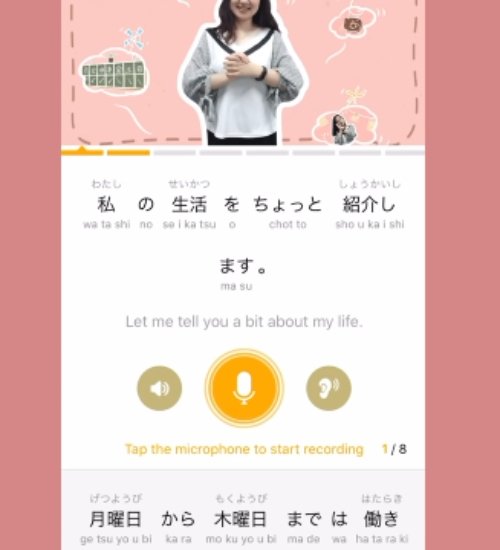
Overview
LingoDeer has been a go-to app for learners tackling Asian languages such as Japanese, Chinese, and Korean. With an expansion that now includes a variety of languages, it remains a solid choice.
Learning Structure
LingoDeer adopts a structured approach, guiding learners through a well-defined course. The focus on grammar makes it particularly beneficial for those struggling with the intricacies of Asian languages.
Pricing
Although it comes with a price tag of $14.99 per month, the option to try free lessons and potential annual subscription discounts make it an investment for serious learners.
3. Pimsleur
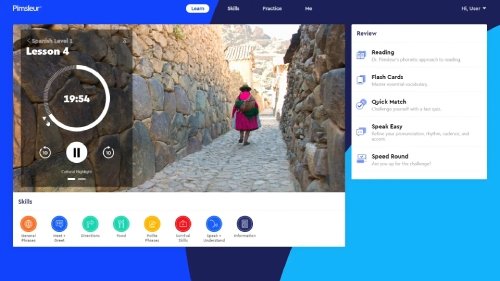
Overview: Pimsleur, a veteran in the language learning space, provides an audio-centric approach to language acquisition. Each lesson is a 30-minute audio course designed to improve listening and speaking skills.
Ideal for Beginners
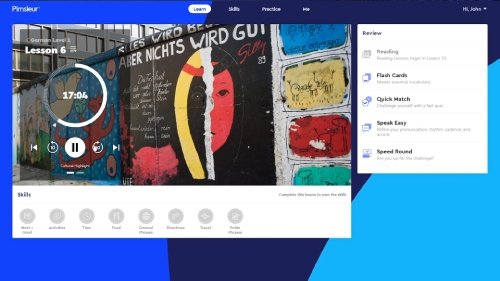
Pimsleur is perfect for beginners, offering a gradual introduction to the sounds and structure of a new language. While not as comprehensive as some apps, it builds confidence in the early stages of language learning.
Pricing
Priced similarly to Lingo Deer, around $14.99 per month, Pimsleur offers a manageable subscription for those looking to focus on oral proficiency.
4. Speakly
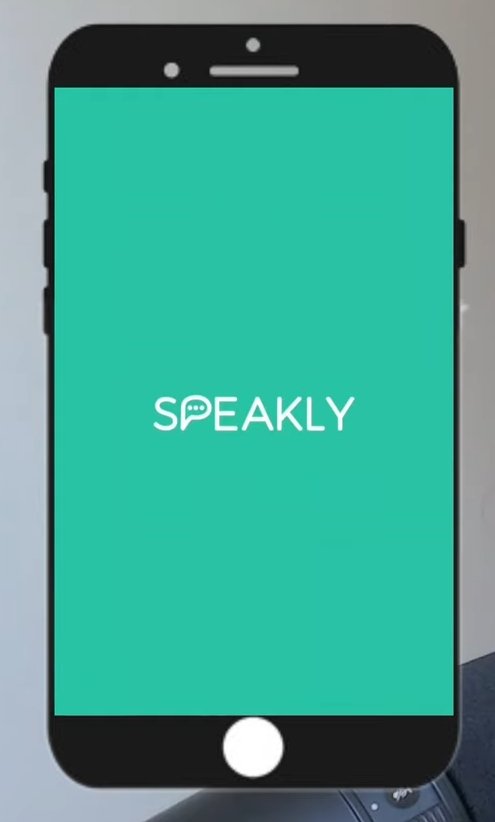
Speakly distinguishes itself as a vocabulary-boosting app with a focus on the most common 2,000 to 3,000 words. While not as entertaining as some counterparts, it caters to serious learners aiming to expand their word bank rapidly.
Polyglot Roots
Speakly’s creators, both polyglots fluent in seven languages, bring authenticity and passion to the app. As a fellow polyglot, the fact that Speakly is crafted by language lovers for language lovers adds a personal touch that resonates.
Content-Based Learning
Speakly’s focus on comprehensible input stands out. This method ensures that learners engage with content that is both meaningful and understandable. For polyglots and language learners alike, this approach aligns with the principle of efficiency in language acquisition.
Tailored Learning Paths
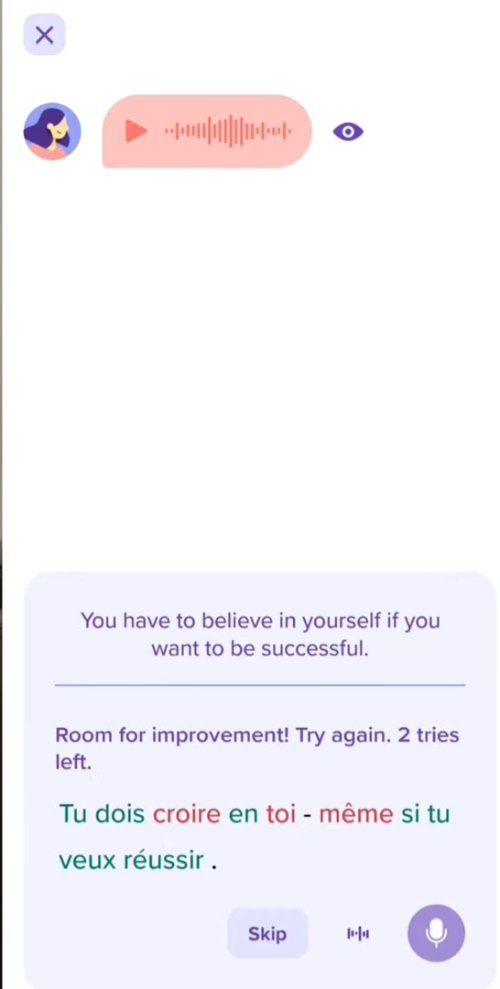
Speakly acknowledges the diverse goals of language learners. By allowing users to choose their path—be it emphasizing speaking or writing—it empowers learners to tailor their language journey based on personal preferences and needs.
Speaking Exercises
One of the standout features is the speaking exercises. Users get the opportunity to read dialogues and then practice pronouncing the words themselves. The app provides constructive feedback, even for advanced learners, highlighting nuances that might have been overlooked.
Music Integration
Speakly taps into the powerful connection between language learning and music. It provides information about musicians in the language being learned, offering an immersive experience. This feature is particularly valuable for discovering artists in less familiar languages.
Grammar Simplified

While not everyone loves grammar, Speakly offers a concise and practical overview of grammar essentials. It follows the 80-20 principle, focusing on the most crucial aspects needed for effective communication. This feature serves as a helpful reference, especially for those moments when a bit of grammar clarification is beneficial.
Vocabulary with Cards
Speakly provides additional features for vocabulary learning with cards. While not my personal favorite, it caters to those who find this method effective. The app aims to offer a well-rounded learning experience by accommodating different preferences.
Speakly operates on a fully paid model, with a monthly subscription priced at $10. Opting for an annual plan brings the cost down to a more reasonable $4 per month. If you’re willing to sacrifice some entertainment for a no-nonsense approach to vocabulary building, Speakly is a strong contender.
Conclusion
As we step into this year, the language learning landscape continues to evolve. Whether you’re a beginner exploring the basics or a seasoned learner striving for fluency, these Duolingo alternatives offer a diverse range of approaches. Remember, the key to successful language learning is consistency and finding the method that works best for you.
Read Also
